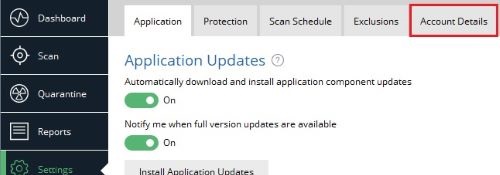
On the Name your policy page, configure these settings: To go directly to the Anti-malware page, use. In the Microsoft 365 Defender portal at, go to Email & Collaboration > Policies & Rules > Threat policies > Anti-Malware in the Policies section.

Use the Microsoft 365 Defender portal to create anti-malware policiesĬreating a custom anti-malware policy in the Microsoft 365 Defender portal creates the malware filter rule and the associated malware filter policy at the same time using the same name for both. The View-Only Organization Management role group in Exchange Online also gives read-only access to the feature.įor our recommended settings for anti-malware policies, see EOP anti-malware policy settings.For more information, see About admin roles. Adding users to the corresponding Azure Active Directory role in the Microsoft 365 admin center gives users the required permissions and permissions for other features in Microsoft 365.For read-only access to anti-malware policies, you need to be a member of the Global Reader or Security Reader role groups.įor more information, see Permissions in Exchange Online.To add, modify, and delete anti-malware policies, you need to be a member of the Organization Management or Security Administrator role groups.You need to be assigned permissions in Exchange Online before you can do the procedures in this article:

To connect to standalone EOP PowerShell, see Connect to Exchange Online Protection PowerShell. To connect to Exchange Online PowerShell, see Connect to Exchange Online PowerShell. You open the Microsoft 365 Defender portal at. What do you need to know before you begin? You can configure anti-malware policies in the Microsoft 365 Defender portal or in PowerShell (Exchange Online PowerShell for Microsoft 365 organizations with mailboxes in Exchange Online standalone EOP PowerShell for organizations without Exchange Online mailboxes). Custom policies always take precedence over the default policy, but you can change the priority (running order) of your custom policies. For greater granularity, you can also create custom anti-malware policies that apply to specific users, groups, or domains in your organization. For more information, see Anti-malware protection.Īdmins can view, edit, and configure (but not delete) the default anti-malware policy to meet the needs of their organizations.

EOP uses anti-malware policies for malware protection settings. In Microsoft 365 organizations with mailboxes in Exchange Online or standalone Exchange Online Protection (EOP) organizations without Exchange Online mailboxes, email messages are automatically protected against malware by EOP.


 0 kommentar(er)
0 kommentar(er)
